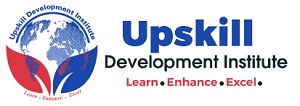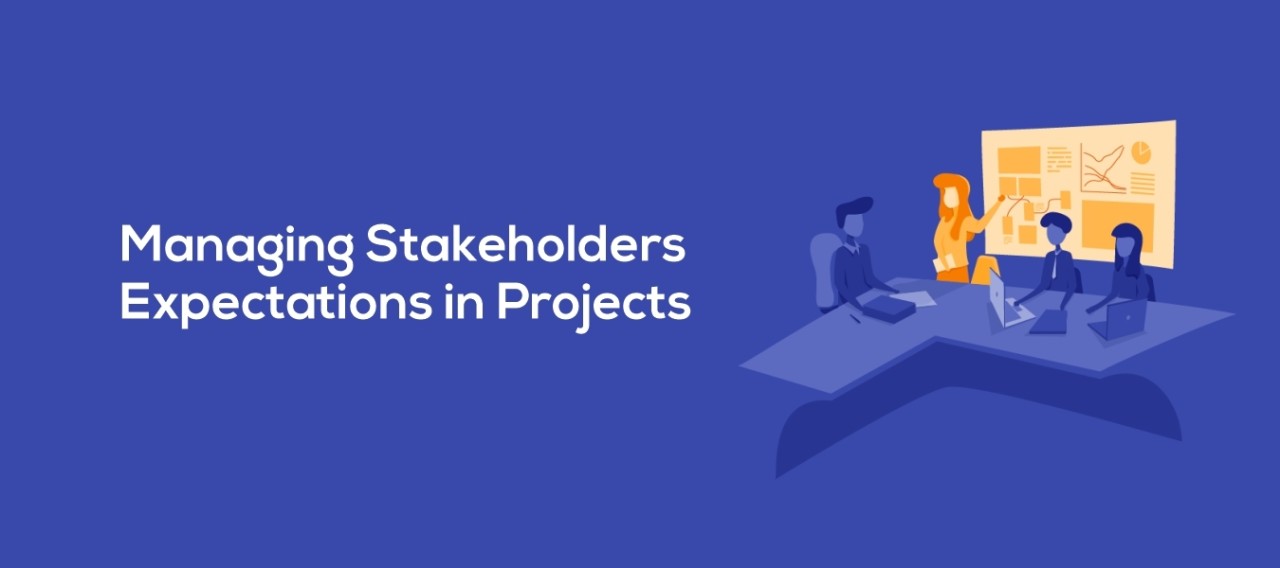Introduction
The existence of this knowledge gap compels the organisations to be reactive rather than proactive. Many opportunities also go unnoticed which have an impact on the morale of the corporate citizens and the company brand as well.
This course on Stakeholder Management and Engagement will furnish the participants with the necessary tools, frameworks, and best practices helping them define their stakeholder engagement strategy.
They would be able to consider all the characteristics of the stakeholders before deciding on the deliverables and coming up with a robust strategy.
Stakeholders influence the outcome and decisions on projects making them crucial for the success of the initiatives, projects, processes, and businesses in any organisation.
It, thus, becomes mandatory for business managers to fully understand the challenges and the potential concerns which the stakeholders and the sponsors might encounter during the life cycle of the project. Yet many are unfamiliar with effective techniques to manage this fraternity.
Course Objectives
By the end of the course, the participant should be able to;
- Understand
- How to manage the stakeholders effectively?
- The steps involved in Stakeholder’s Analysis
- The stakeholders involved in a project or process
- Examine your stakeholders for influence, impact, and attitude
- Understand the right negotiation technique in different situations
- Communication
- Formulating a communication and management plan for stakeholders
- How to remove the barriers of communication?
- Leading change and build an ongoing relationship with people to ensure success
- Practical techniques of people engagement
Who should attend:
This course will aid the following professionals at the workplace:
- Program directors
- Project directors
- Business Analysts
- Business Stakeholders
- Anyone who is interested to improve their skills of business analysis
- Anyone who is responsible for managing the contribution of those interested in a project
Duration
5 days
COURSE OUTLINE
MODULE 1: STAKEHOLDERS- AN INTRODUCTION
- Who are Stakeholders? Their importance
- Stakeholder Groups
- Why Stakeholder Analysis?
- Assessment of the project sponsor
- Listing all the stakeholders not just the obvious ones
- Identifying primary and secondary stakeholders
- Understanding their areas of concern
- Documentation of their needs
- Considering the characteristics of each of the stakeholders and their groups
MODULE 2: STAKEHOLDER MANAGEMENT
- Lifecycle of Stakeholder Management
- Techniques of Stakeholder Management
- Power vs. Interest grid
- Influence – Impact Grid
- Power-Influence Grid
- Importance – Influence Grid
- Salience Model
- Stakeholder Analysis Techniques and Prioritisation
- Stakeholder Management Plan
MODULE 3: COMMUNICATION
- Understand how to develop a Communication Plan for stakeholders
- Listing the barriers to communication
- Determine the practices for effective communication for each of the groups of stakeholders
- Understanding their characteristics first
- Is this group providing requirements, or a user or in the support function of the project work?
- Determine which technique of communication will be the most effective for each of the groups
- What requirement presentation format will be most suited for this group?
- The Stakeholder Analysis Worksheet
- Identifying points where communications with each stakeholder be most effective
- Is this group providing requirements, or a user or in the support function of the project work?
- Identifying what kind of reports need to be shared with each of the stakeholders
- Best communication techniques for each stakeholder
MODULE 4: WORKING WITH STAKEHOLDER GROUPS
- Groups vs Teams
- Types of Team
- Team Roles at Work
- Based on Adair’s Three Circle Model
- The Learning Cycle and Style
MODULE 5: PLANNING THE ENGAGEMENT
- Determining the approach to manage the stakeholders
- Understand how to build internal capacity
- Building Trust and credibility
MODULE 6: ENGAGEMENT IMPLEMENTATION
- Identifying and choosing the best method for engaging the stakeholders
- Design logistics
- Metrics to measure the success of engagement
MODULE 7: EVALUATION AND ACTION PLAN
- Review the engagement
- Sharing feedback with the stakeholders
- Creating an action plan for feedback and further discussion
Training Approach
This course will be delivered by our skilled trainers who have vast knowledge and experience as expert professionals in the fields. The course is taught in English and through a mix of theory, practical activities, group discussion and case studies. Course manuals and additional training materials will be provided to the participants upon completion of the training.
Tailor-Made Course
This course can also be tailor-made to meet organization requirement. For further inquiries, please contact us on: Email: training@upskilldevelopment.com Tel: +254 721 331 808
Training Venue
The training will be held at our Upskill Training Centre. We also offer training for a group at requested location all over the world. The course fee covers the course tuition, training materials, two break refreshments, and buffet lunch.
Visa application, travel expenses, airport transfers, dinners, accommodation, insurance, and other personal expenses are catered by the participant
Certification
Participants will be issued with Upskill certificate upon completion of this course.
Airport Pickup and Accommodation
Airport pickup and accommodation is arranged upon request. For booking contact our Training Coordinator through Email: training@upskilldevelopment.com, +254 721 331 808
Terms of Payment: Unless otherwise agreed between the two parties payment of the course fee should be done 3 working days before commencement of the training so as to enable us to prepare better

